How exactly do the French get down for Christmas and New Years?
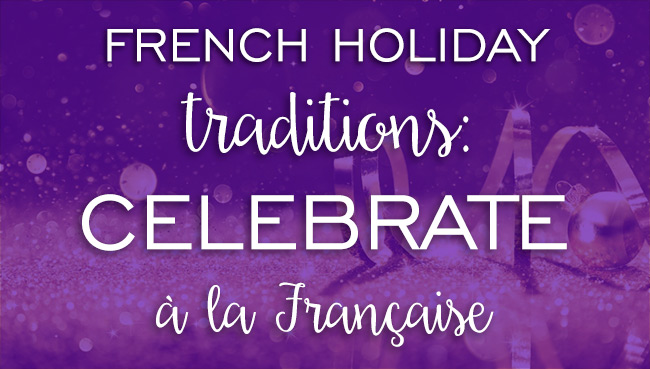
I know what you’re thinking – if we’re celebrating the same holidays how different can it get? Well… get ready to be shocked and amazed, non-French people.
We’ve mapped out the major winter holidays of Christmas and New Years to give you an idea of how the French like to fêter (that’s the verb to celebrate in French!). Read on!
.
Christmas Eve
Ahh, Christmas. The family and friends! The decorations! The presents! THE FOOD!
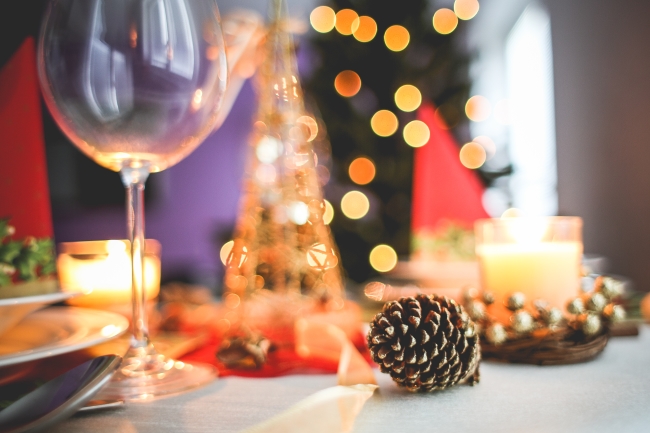
Image: pexels.com
There are so many things to love about this holiday, and it comes as no surprise that the French have some unique traditions of their own for celebrating.
Did you know that the French usually celebrate Christmas a day early, on Christmas Eve?
In French, this day is called Le Reveillon. This stems from the verb in french, reveiller, which means ‘to wake up’.

Image: Pixabay
Wake us up for the yummy food! It’s on the 24th of December that the French typically have their big meal with friends and family. What do they like to chow down on? There are a few specialties we have to point out, though you’ll find a complete guide here (and recipes)…
- Oysters – in France this is typically served fresh with a squeeze of lemon. Other seafood like salmon and scallops are often eaten as well.
- Foie gras – this French delicacy is actually illegal in many parts of the world due to the manner in which it is made. We’ll let you and Google figure out why. But what we will tell you is that foie gras is usually used as a spread and served with toast. We’re talking yummy, melt in your mouth goodness spread on some equally as yummy, melt in your mouth French bread. YUM.
- Büche de Noël – Did you think we would forget about the dessert section?! The büche de Noël (aka the Yule Log) is the ultimate French Christmas cake. It is in the shape of a log (more on that tradition in a minute!), and is typically chocolate. Mmmmm…. you had us at ultimate French Christmas cake.
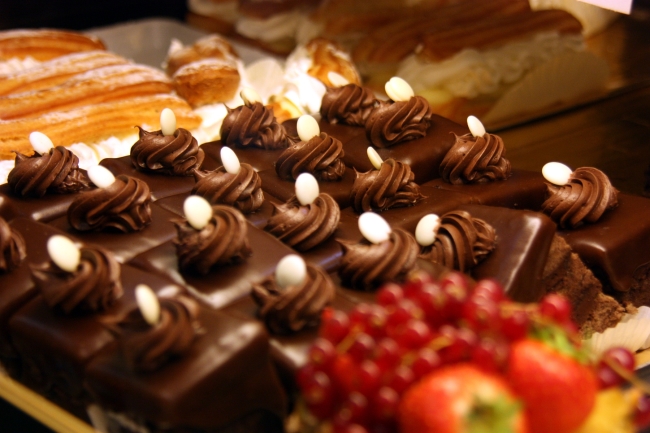
Image: pixabay
Bonus: If you’re celebrating in the South of France, get your dessert pants on because in this region there is the tradition of the 13 desserts! In Provence, the practice of serving 13 desserts on Christmas Eve is done symbolically for religious reasons. The 13 desserts are said to represent the 12 apostles and Jesus at the Last Supper. According to tradition, you must at least taste each of the desserts for good luck for the next year.
.
Yule Log
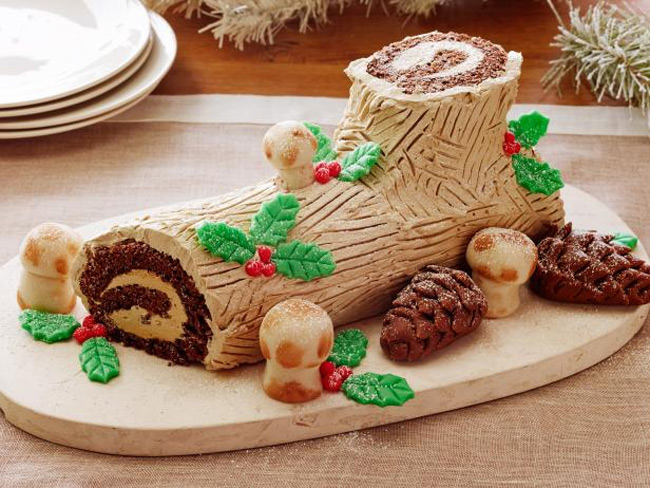
Image: foodnetwork.com
We promised to fill you in on the Yule Log, and we don’t like to disappoint (especially over something this delicious).
The tradition of the Yule Log is the practice of burning a log on the fireplace from Christmas Eve until New Years Day. This practice has been around for a looooong time. Farmers in the past using a piece of the burnt log as a wedge in the plough, bringing good luck for the year’s harvest.
Nowadays, this tradition is held by eating a delicious chocolate version of the log. Chocolate cake, plough wedges…to-may-to, to-mah-to, right?!
Get a super simple recipe here, or a more complicated but truly decadent one here.
.
Shoes for Santa
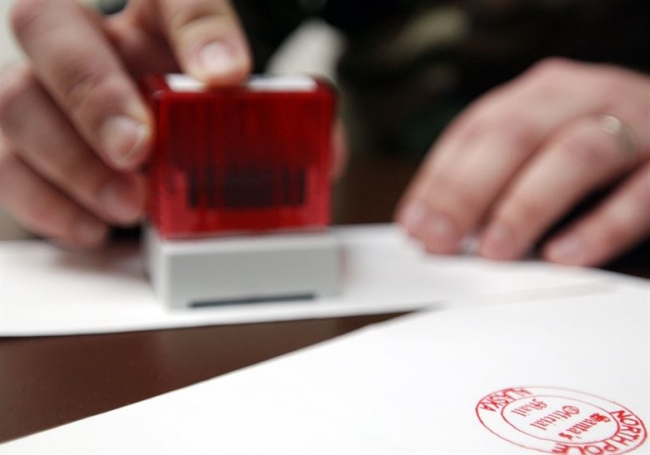
Image: Pixabay
Leaving shoes for Santa to fill is another way that French Christmas tradition varies from some English speaking countries around the world.
In America, children are known for leaving a plate of cookies out for Santa Claus (he’s got to have some fuel for his long journey across the world). In France, children leave their shoes by the fire or tree so that Santa can fill them with presents! Think of it as an alternative to stockings, as hanging stockings is not a part of the French Christmas tradition.
Speaking of Santa Claus, did you know that if you write a letter to Old Saint Nick, you’ll actually get a response? A law was passed in France stating that any letter written to Santa Claus must receive a response.
What?! Yes, you read that right! There is a Postal service that responds to these notes in the form of a postcard. The magic of Santa is very serious in this country!
.
Presents!
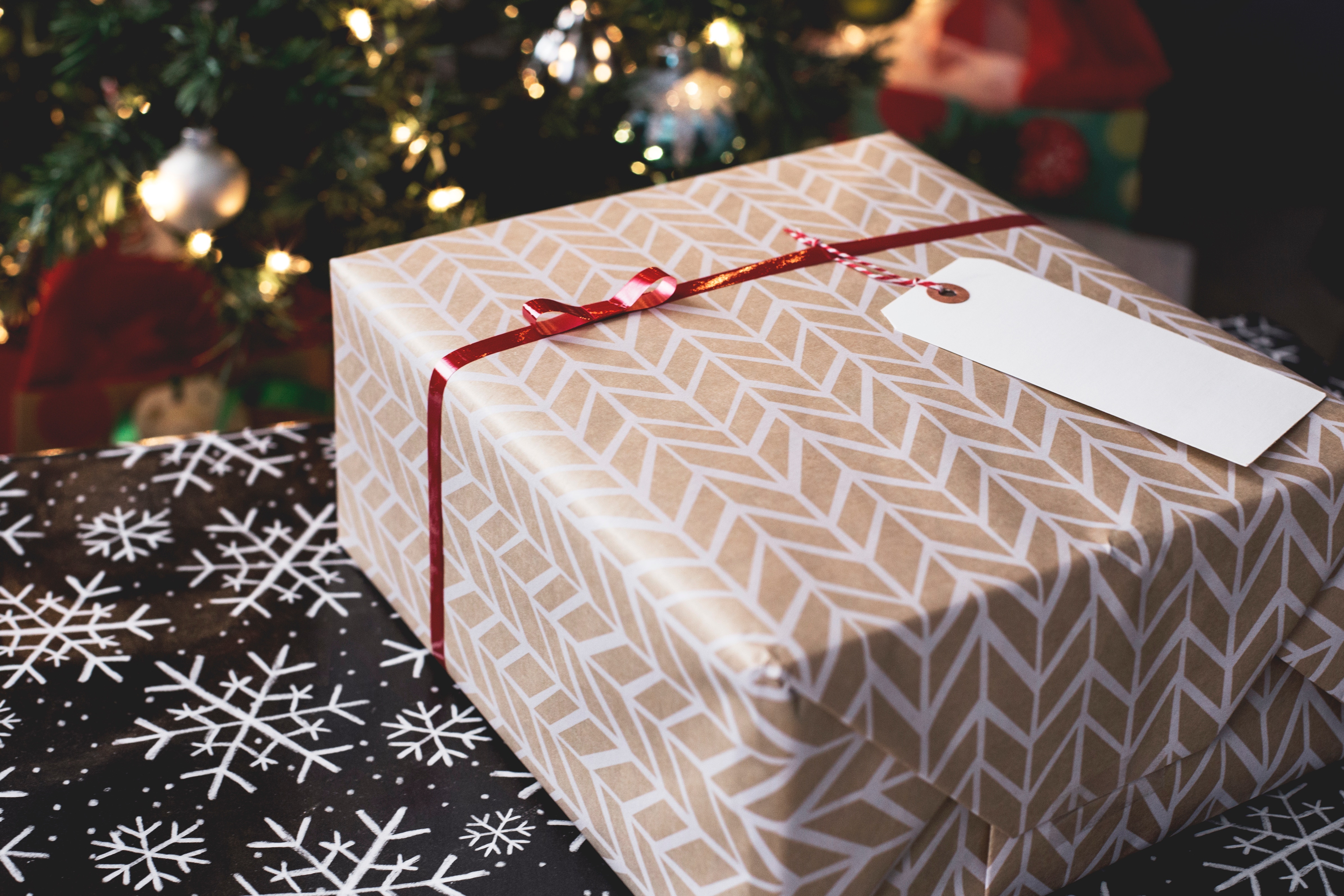
Image: Kari Shea
Now that we’re talking presents, some French families, mostly in the northern part of the country, open presents on December 6, on the feast day of Saint Nicolas. Presents 2 weeks before Christmas Day?! The inner child in us is freaking out!
Others wait until January 6, the feast day of the Three Kings to open their goodies. Okay – now our inner child is pouting in the corner.
Something else that is worth mentioning is that children typically receive many fewer presents than their American counterparts. Why? The French tend to give gifts that may be more expensive or more useful, rather than loading up on a bunch of smaller gifts.
You read that right, in France there are no hangings of stockings with care! Christmas trees have become more popular in recent years, but not every French family will put one up.
.
Nativity scenes
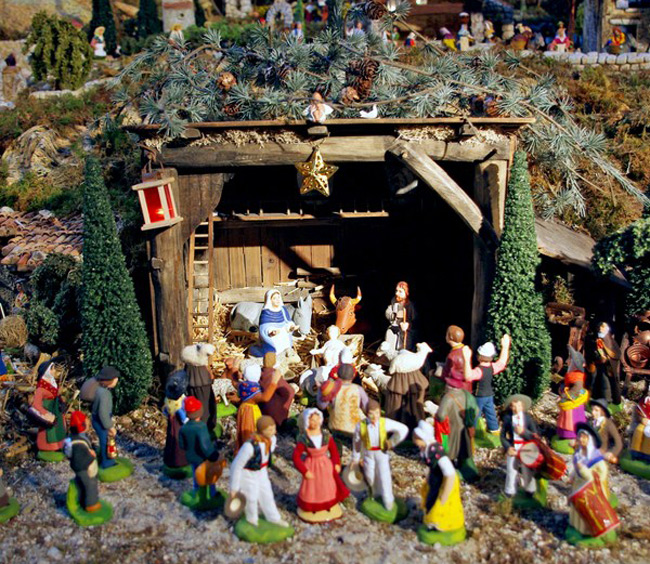
Image: frenchmoments.eu
Something that some (usually the more religious) French really go all out with is the Nativity.
The setting up of a Nativity scene isn’t that unusual to find in other parts of the world, but in France they are a lot more elaborate, bigger, and badder than usual.
Not only is baby Jesus, Mary, and Joseph featured, there also includes other figures, called santons. Santons can include bakers, vegetable sellers, and even the mayor of the faux town! These Nativity scenes are meant to represent the ideal French village.
.
Mean Santa
Speaking of the ideal French Village, did you know that in some parts of France, there is a legit Mean Santa.
He goes by the name of Le Père Fouettard (the whipping father). The idea is simple: if you are naughty this Mean Santa will come and either give you coal, or a spanking! Now that’s incentive for good behavior…
.
New Year

Image: pixabay.com
So now that you’ve eaten all of the 13 desserts, gotten your shoes filled with presents, and hopefully avoided an appearance from Mean Santa…it’s time to celebrate the New Year!
Forget about sending cards and notes for Christmas – the French save that practice for New Years. It is also common to give gifts of money as a way of saying thank you to workers they see everyday, such as the mailman or garbage man.
The rest of the French traditions for celebrating the New Year will sound familiar as they don’t differ much from those in English speaking countries:
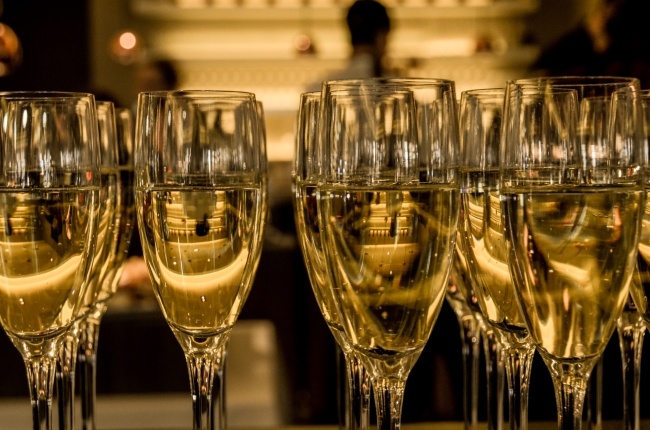
Image: pexels
There is typically a large dinner between friends and family with lots of yummy food and champagne involved.
At the stroke of midnight, kisses and well wishes for the New Year are exchanged! New Years day is usually a quiet one…after all, now that you’ve celebrated Christmas and New Years à la française it’s time to rest up!
.
Partying at home
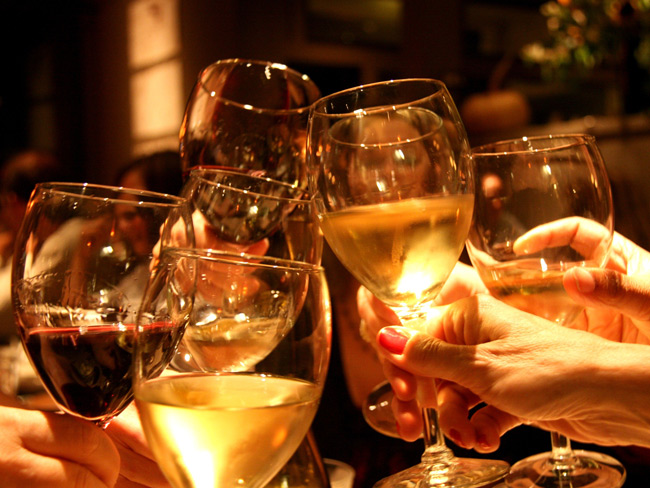
Image: businessinsider.com
If you are visiting Paris over the holidays, you’ll notice some things that might be different than in your home city.
Often in English speaking countries, it’s common to go out to celebrate – at a restaurant, cafe, or bar. However, generally Parisians will go to house parties with friends instead of big-ticket venues.
In Paris, you can also (of course) find people partying in bars – it’s just not as much a “thing” as it is in other parts of the world.
One thing to note: there are no fireworks in Paris for this celebration! Fireworks are reserved for the national holiday on 14 July.
.
Bonne Année

Image: philoauxforneaux
You’ll hear the French wish each other happy New Year all throughout January! So don’t worry, when you hear that after New Year’s Day, you didn’t time travel. You’re just in France.
We think it’s a great tradition, just like the rest of these! What do you think? Let us know in the comments below.
Oh, and… bonne année, everybody!

2 thoughts on “French holiday traditions: celebrate à la Française”